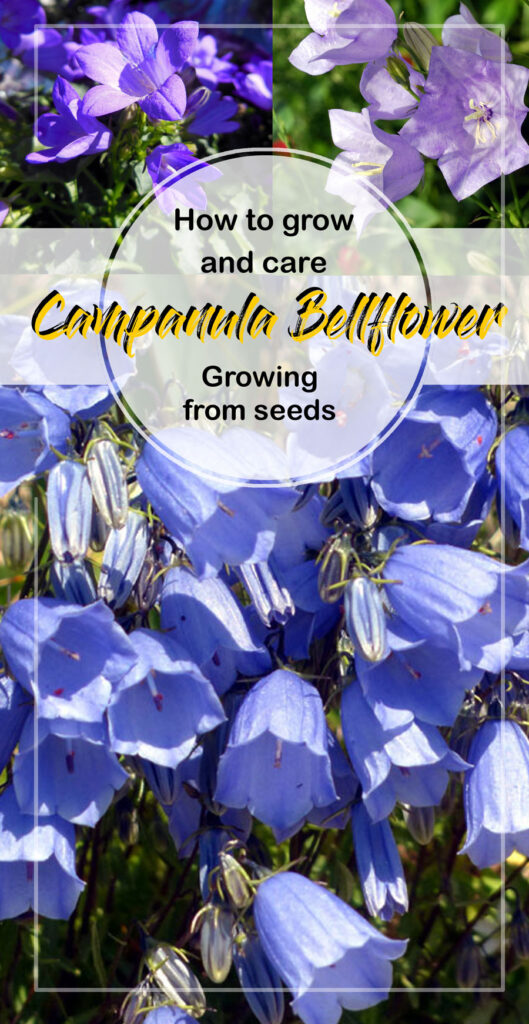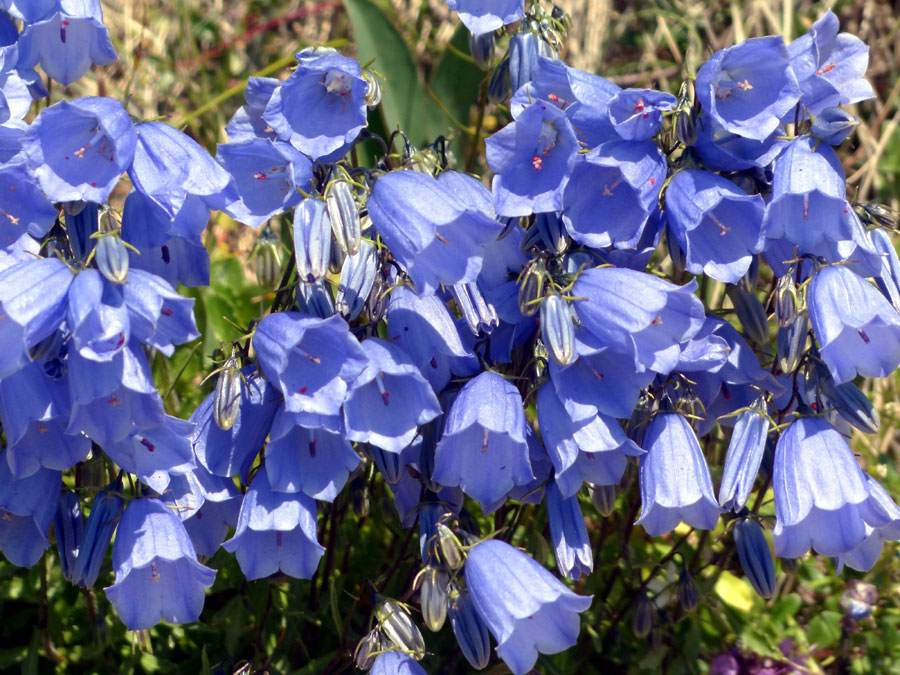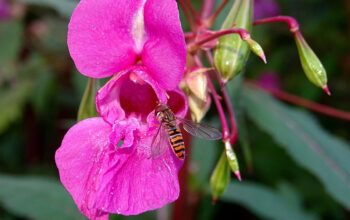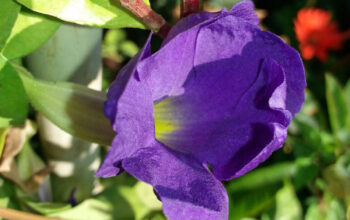Campanula Bellflower Plants
Bellflowers, also known as campanulas, are a type of flowering plant that belongs to the Campanulas family. Campanula is the genus name for this type of plant, and it can be found growing in various regions across the globe. There are more than 500 species and subspecies within this genus, which can be found in temperate and subtropical regions of the Northern Hemisphere, with a concentration of diversity in the Mediterranean region, Balkans, Caucasus, and mountains of western Asia. Additionally, this genus can also be found in mountainous areas of tropical regions in Asia and Africa.
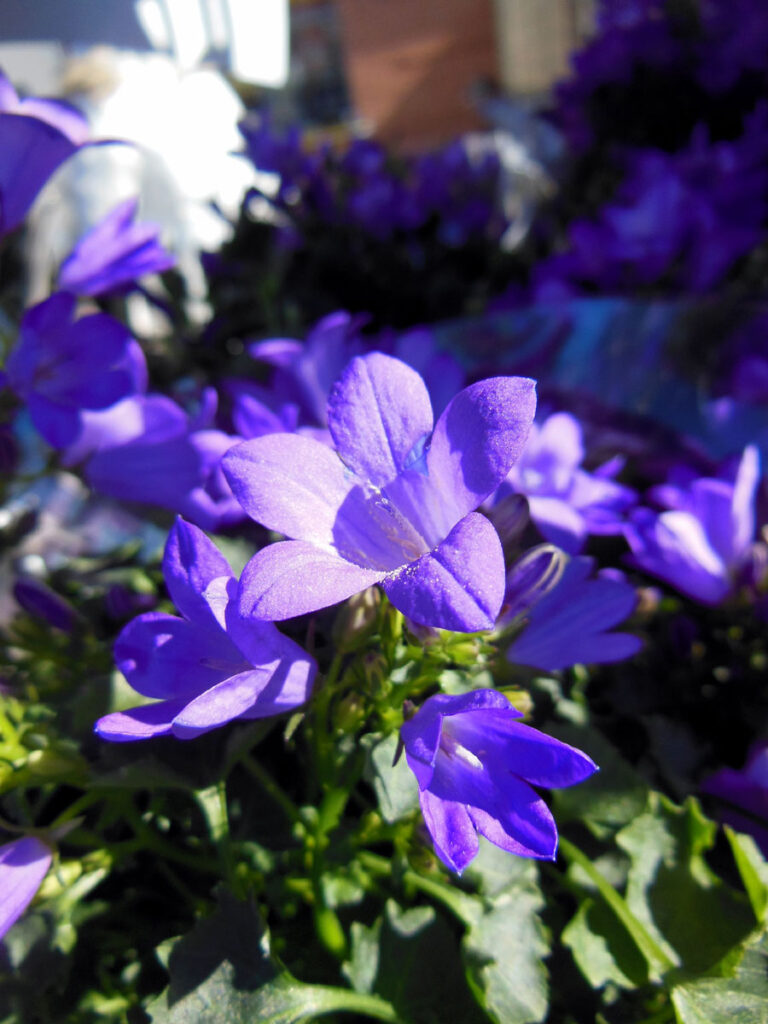
How to Grow and Care for Campanula Bellflower Plants
Campanula bellflowers, with their delicate bell-shaped blooms, are a charming addition to any garden. Whether you are a seasoned gardener or just starting your green journey, these resilient plants can flourish with the proper care. Whether you choose to grow them from seeds or cuttings, these plants will reward you with their beauty and resilience.
Growing from seeds
Growing campanula from seed is easy, but if you’re planting seeds for campanula propagation, you’ll need to do so at least eight to ten weeks before spring. Because of their small size, the seeds require minimal covering. Simply sprinkle them over a seed-starting tray filled with moist peat or potting mix (with about three seeds per cell) and cover them lightly. Then place the tray in a warm location of 65 to 70 degrees F (18–21 C) with plenty of sun and keep it moist.
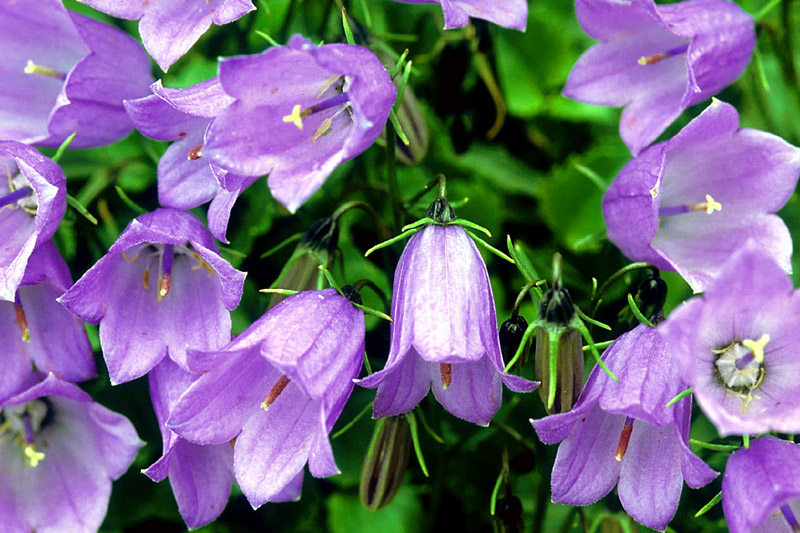
Growing from Cuttings
When it comes to nurturing Campanula, there are several key aspects to consider. Timing is crucial, usually carried out during the spring when new growth begins to emerge. Start by digging into the soil, ensuring you’re at least 8 inches (20.5 cm) away from the base of the plant. Gently lift the entire clump from the ground, employing your hands, a knife, or a spade shovel. This is where the magic happens: carefully split the plant into two or more rooted sections. These precious segments can then be relocated to a new spot, ensuring they are planted at the same depth and in similar growing conditions as their original home. After this delicate operation, remember to generously water your newly propagated campanula.
Watering
Keep the soil consistently moist but avoid waterlogging, which can lead to root rot. Water in the morning to allow excess moisture to evaporate during the day, reducing the risk of fungal diseases. During the summer, you’ll need to water more often in hot and dry conditions.
Soil
The Campanula species are known to thrive in soil that is rich in nutrients. This soil can vary in acidity levels, varying from highly acidic to basic. If you’re looking to cultivate Campanula plants, it’s important to keep in mind that they require moist soil to thrive. This can be especially challenging during periods of drought or low humidity, which can cause the soil to dry out quickly. One effective way to combat this issue is by mulching around the base of the plants, which will help to retain moisture and keep the soil constantly damp.
Sunlight
Campanula bellflowers thrive in partial to full sunlight. They prefer at least 6 hours of sunlight per day but can tolerate some shade. For optimal growth in hot climates, it is recommended to plant in an area with partial shade.
Temperature and Humidity
Campanula bellflowers prefer moderate temperatures. They thrive in the range of 60–75°F (15–24°C). Protect them from extreme heat and frost. The southern region experiences extremely hot and dry summers, which are not ideal for its suitability. The overbearing heat can have a significant impact on the overall output of flowers they can produce.
Although Campanula bellflowers can thrive in moderate humidity levels, they still require consistent watering to ensure their optimal growth and health.
Fertilizer
Apply a balanced fertilizer, such as 10-10-10, once in the spring and mid-summer. It is highly recommended to water plants thoroughly after fertilizing them. This will ensure that the nutrients are well distributed and absorbed by the plants. Moreover, it is advisable to opt for organic compost as a side dressing instead of non-organic fertilizer. Reduce fertilizer in late summer and fall to prepare the plant for dormancy.
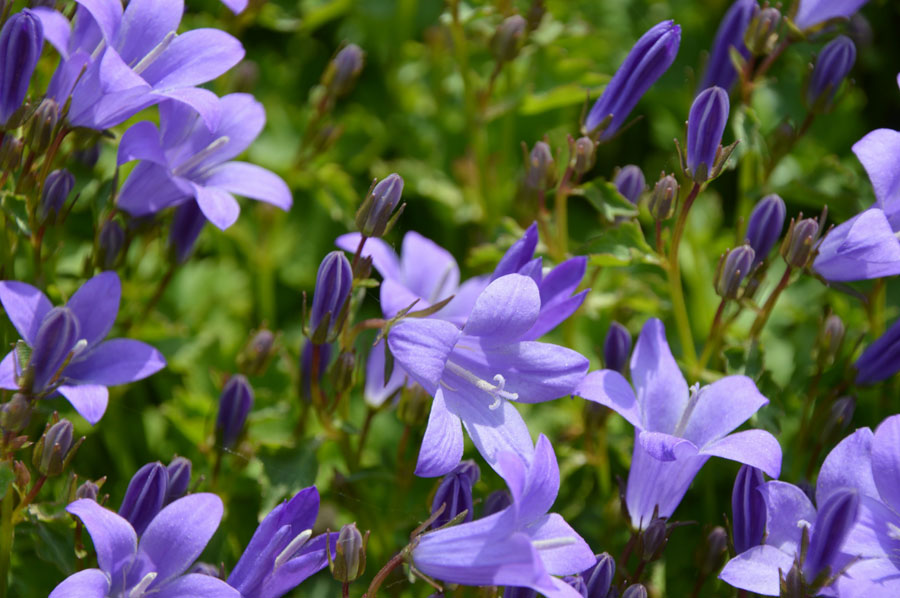
Read also:
Read also: Growing and planting Freesia flower. How to grow Mussaenda Bush. How to Grow Balloon Flowers Plant. Growing Cineraria flower plant. Spring Onions growing tips.
For Pin:
